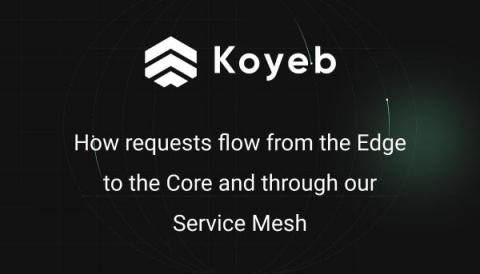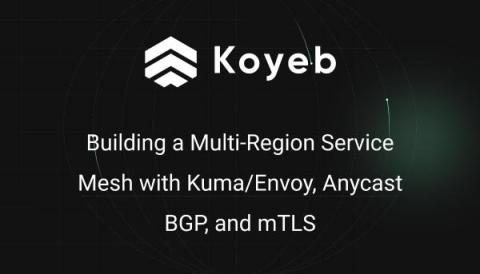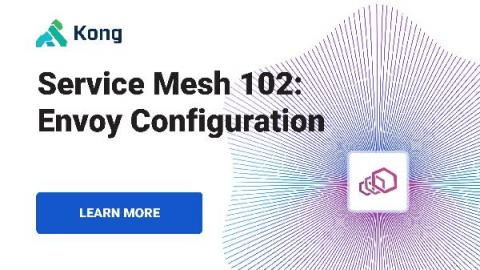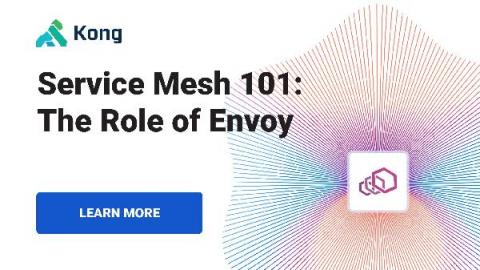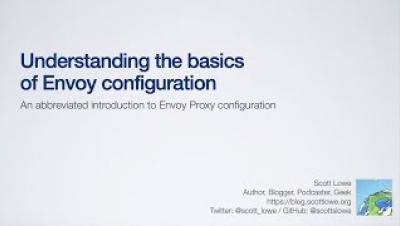Getting Started With Kong Istio Gateway
Have you ever found yourself in a situation where all your service mesh services are running in Kubernetes, and now you need to expose them to the outside world securely and reliably? Ingress management is essential for your configuration and operations when exposing services outside of a cluster. You need to take care of the authentication, observability, encryption and integration with other third-party vendors alongside other policies.




